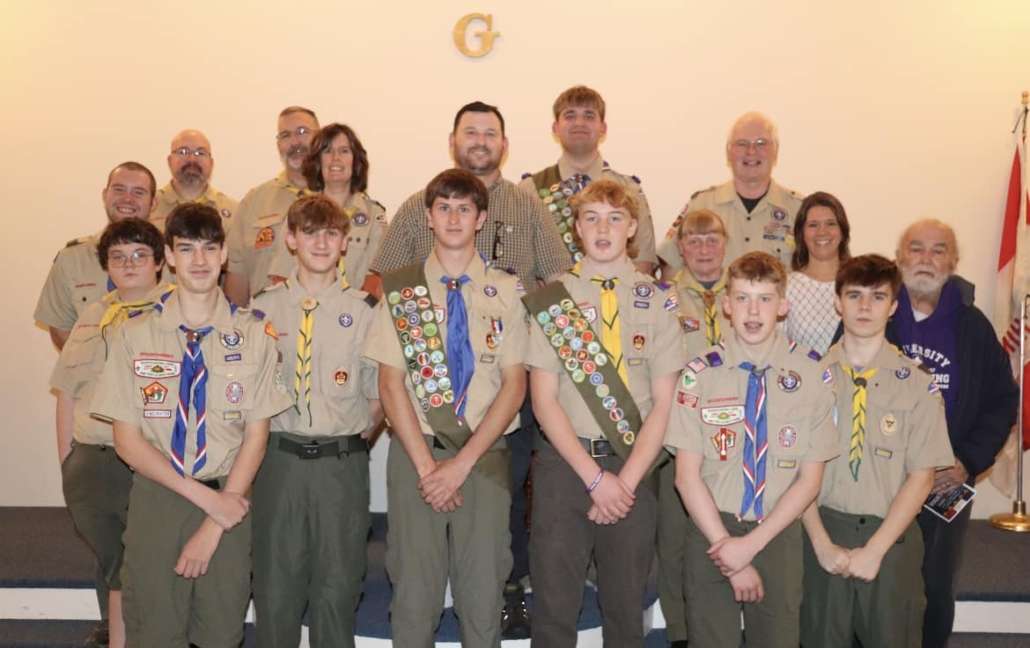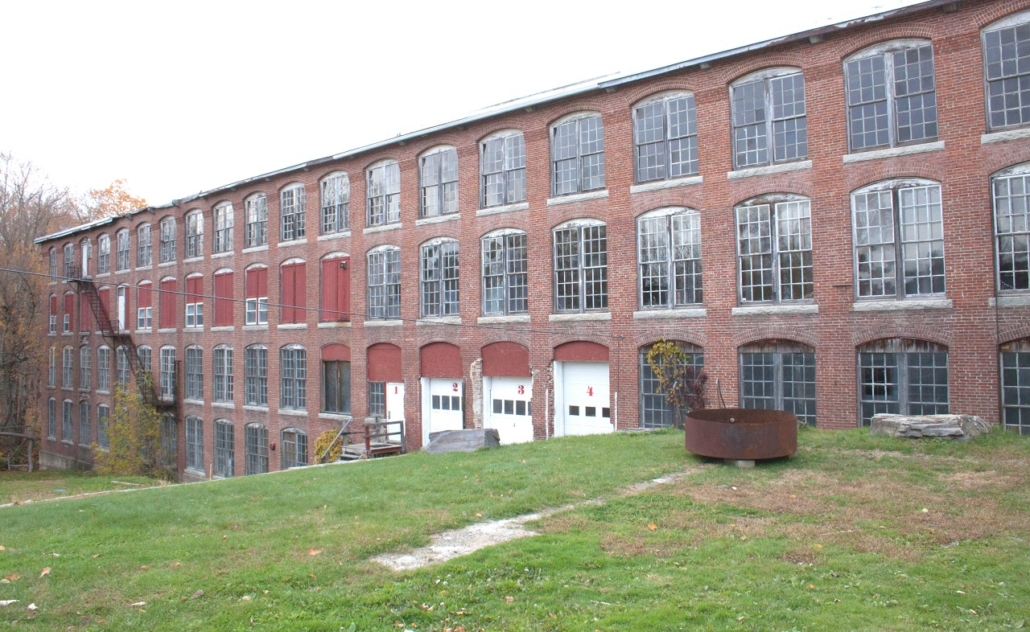
Building Two of the Olde Mill on Main Street in Vassalboro. (photo by Sandy Isaac)
The list of old dams on China Lake’s Outlet Stream started last week with dams in Vassalboro, as far downstream as the North Vassalboro dams described below.
In following weeks, your writer plans to finish summarizing the usefulness of Outlet Stream with descriptions of dams and mills in Winslow, between the Vassalboro line and the Sebasticook River; discuss two larger mills on the Kennebec, in Winslow; share rather scanty information about dams and mills on lesser streams and brooks in Winslow; and describe some of the industries supported by Seven Mile Stream, a/k/a Seven Mile Brook, in southern Vassalboro.
Readers who are tired of dams and mills might want to ignore these history articles until 2024.
* * * * * *
In his Kennebec County history, Henry Kingsbury started the North Vassalboro mill story with the arrival of Dr. Edward Southwick, who came from Danvers, Massachusetts, early in the 1800s, bought water rights from John Getchell and by 1820 was running “the largest tannery in New England.” The sheds to store the tree bark used in tanning covered over an acre, Kingsbury said, and “His business was the life of North Vassalboro.”
In her Vassalboro history, Alma Pierce Robbins quoted George Varney’s Gazeteer of the State of Maine as the source for naming Jacob Southwick, not Edward Southwick, as the tannery owner. Kingsbury said Edward and Jacob were brothers, and Jacob had a tannery at Getchell’s Corners (which was one of Vassalboro’s commercial and industrial centers for most of the 19th century).
Peter Morrill Stackpole and his son-in-law, Alton Pope, started their “wool carding and cloth dressing mill” (Kingsbury) on Outlet Stream in 1836 (Robbins).
John D. Lang (1799-1879) was brother-in-law to Stackpole (Kingsbury; Lang’s wife was Anna Elmira Stackpole [1800-1879]), and “an experienced mill executive” (Robbins), who came from Rhode Island and invested capital. Lang, Stackpole and Pope created, by 1836, the woolen mill that Kingsbury called North Vassalboro’s “chief industrial pursuit” for the rest of the century.
They also had a sawmill, which burned in 1848. Peter Stackpole was killed that November during the rebuilding.
(See the Oct. 19 issue of The Town Line for the Lang family’s agricultural contributions.)
Lang bought the Southwick tannery around 1850, and the next year built the first brick mill building on the site. According to Kingsbury, “A brick kiln was built, and after the brick were burned the walls of the mill were built around it.” The remains of the tannery were burned.
This mill was on the west side of Main Street, between the street and Outlet Stream, on the north side of Oak Grove Road, which runs west off Main Street and across the stream.
Kingsbury and Robbins wrote that the mill’s moment of international fame was in 1851, when one of its products was awarded a gold medal at the London World’s Fair.
Robbins said the prize was for “finest Broadcloth or Cassimere in the World.” The fabric was a “beautiful blue color,” mixed by brothers George and Jonathan Nowell.
(The senior George Nowell [1777-1868] moved to Vassalboro in 1806 and later to Winslow, where he farmed. He and his wife, Winifred [Parker] Nowell, had 10 children, according to Kingsbury, including sons George [1818-1904] and Jonathan [1820-1897].)
Jonathan Nowell worked at the mill for 40 years. Robbins called him “a dye mixer,” and Kingsbury said he was “boss of the dyeing works.”
The old Stackpole and Pope mill building on the dam, Kingsbury said, was moved to Main Street, where it served first as a “dry house,” then as a boarding house and by 1892 as a “dwelling and a hall.” (“Dry house,” in this context, might mean the building was used to dry materials used in the woolen mill. It was probably neither a saloon without liquor nor a recovery house for addicts.)
In a major renovation in 1861, Kingsbury said, a 47-by-200-foot building was added to the 1851 one, so close he referred to the two buildings as “practically one.” The result was “the largest woolen mill in New England,” in 1861 and still in 1892.
In the second half of the 19th century, the North Vassalboro mill had several different owners and names. Kingsbury said Lang and Boston partners organized the North Vassalboro Woolen Manufacturing Company before 1856. By 1892, he said, “Boston people” were the only owners. Robbins called the business the Vassalboro Manufacturing Company, until the mill was sold to American Woolen Company in 1899.
To Robbins, one of the significances of the mill was its effect on the population of North Vassalboro. In the 1850s, she wrote, Vassalboro Manufacturing Company began advertising for workers in newspapers in England and Ireland.
“Thus the family names in Vassalboro began to change. Nearly every other family had one or more ‘foreigners’ boarding with them,” she wrote. Immigrants from Canada joined those from England and Ireland.
The contribution to North Vassalboro’s economy was significant. When architectural historian Michael Goebel-Bain, of the Maine Historic Preservation Commission, wrote the application for listing on the National Register of Historic Places in March 2020, he included census figures. They showed the mill had 180 employees in 1860; 263 in 1870; 300 in 1883 and “close to 600” before it closed in 1955.
Goebel-Bain pointed out that expansion of the mill was often in response to wartime demand for cloth. He cited new buildings in 1861 and 1863 and expansions in 1917 and 1943.
The historian pointed out that there were also contractions as demand dropped. In November 1888, he wrote, the mill closed briefly, because its owners owed $90,000 to a “Boston cotton mill owner” named T. W. Walker. Walker put up another $75,000 and bought and reopened the mill.
And, Goebel-Bain added, if there were a major drought, Outlet Stream might drop too low to provide power, forcing a – usually short – halt to production.
* * * * * *
Goebel-Bain’s application was for a Vassalboro mill historic district. He described nine separate buildings and one “structure” that were worthy of preservation, plus two related but non-historic buildings on the 6.8-acre parcel.
Parts of the 1851 building survived, Goebel-Bain wrote, but they were “indistinguishable as an entity” because of the many changes and additions between 1861 and 1943. He listed the period of historic significance as 1861 to 1955.
Goebel-Bain divided the buildings into categories, describing the single-story brick office building; a 444-foot section of mill with towers and many original windows; other mill sections; and the single-story Dye House, first built in 1894 and completed between 1903 and 1911. The 444-foot section, he observed, has the same roof height from one end to the other, but “due to the sloping lot two stories are visible at the east and four stories at the west end.”
The contributing structure is described as a 90-foot tall smokestack, built around 1894 of “hollow, glazed structural tile.” Goebel-Bain added, “The associated boiler house and boilers were removed in 1981.”
The application described some of the many physical changes during the life of the woolen mill. Goebel-Bain wrote that a canal from a dam “800 feet north” used to run “directly under several mill buildings and ended as an exposed tail race.” Many of the walkways between buildings “by enclosed corridors and in many cases more substantial connector buildings” had been demolished.
Additions were made at intervals in the 19th and 20th centuries. Goebel-Bain found that one building started out as brick, two stories high, built between 1861 and 1863; acquired a third story, also brick, in 1894; and by 1906 had a wooden fourth floor.
Despite the changes, Goebel-Bain found the mill complex historically valuable. He wrote, “The common characteristics typical of mill construction include brick walls, large window openings, open floor space, heavy wood framing, exterior stair towers, and flat roofs. All or many of these features exist across the major buildings.”
He saw the Vassalboro buildings as an example of “slow-burning construction,” common in mills: construction methods that would hinder spread of fires in buildings with mainly wooden interiors.
Goebel-Bain concluded: “The largest and most significant buildings remain and collectively form a district that has integrity to reflect is [sic] industrial development from 1861 to 1955.”
The Vassalboro mill was added to the National Register of Historic Places on Oct. 5, 2020.
Lombard log hauler exhibit locations
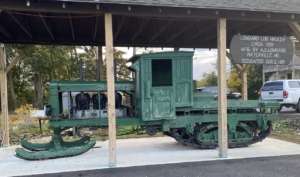
The Lombard log hauler, one of only six remaining, at its home at the Redington Museum, in Waterville. (photo by Roland Hallee)
Local readers who would like to see a Lombard log hauler (introduced in the Oct. 26 issue of The Town Line) will have two local opportunities.
The Fall 2023 issue of the Maine State Museum’s Broadside newsletter reports that when the museum reopens in 2025, a new exhibit will showcase its Lombard log hauler. Museum officials are also helping the Waterville Historical Society upgrade its Lombard log hauler display.
The projects are funded by a grant from the Bill & Joan Alfond Foundation.
Readers might also want to visit the Maine Forest and Logging Museum, in Bradley, northeast of Bangor (website maineforestandloggingmuseum.org), or the Maine Forestry Museum, in Dallas Plantation, with a mailing address in Rangeley (website maineforestrymuseum.org). The Forest and Logging Museum’s website advertises its Lombard log hauler; the Forestry Museum’s says it has a variety of equipment and tools.
Both websites list 2024 event schedules.
The Forestry Museum is closed for the winter, reopening in June 2024. The Forest and Logging Museum is hosting Santa Claus on Dec. 9.
Tannery owner Jacob Southwick
Tannery owner Jacob Southwick was involved in other businesses in the village near the Kennebec that began as Getchell’s Corners, was called Vassalboro in Kingsbury’s time and is now Getchell Corner. Kingsbury wrote that he had a pail factory an “ashery” and a plaster mill on a brook there.
(Wikipedia says an ashery made hardwood ashes into lye, potash or pearlash. Lye was an ingredient in soap; pearlash, made by kiln-baking potash, was often exported to Britain to be used in making glass and ceramic materials.)
Around 1825, Jacob, his father, Dr. Edward Southwick, and others started Negeumkeag Bank at Getchell’s Corners, with $50,000 capital; it lasted about 15 years. After it closed, Kingsbury said, the “queer old strap, wrought iron safe” went to another tannery the Southwicks owned in Burnham.
By 1836, Kingsbury said, one of the places for posting notices of town meetings was the Jacob Southwick and Company store.
Jacob was a selectman for two years in the 1820s. In 1843, he was innocently involved in what appears to have been election fraud. Whether deliberate or accidental is unclear.
The story is told in an 1843 report of the Maine legislature’s Committee on Elections, reviewing returns from the newly-created Fourth Senatorial District. The district included Augusta and eight nearby towns.
Votes were cast for a total of 11 men, plus “all others.” Four men got more than 3,300 votes each. Three more were closely grouped in the 2,600s. Jacob Southwick was one of four men who each got fewer than 550 votes.
However, the committee found that many voters had marked four names on the ballot, when the instructions said to vote for no more than three. This conduct they condemned as illegal, disorderly and corrupt.
The report concluded, “That a great evil would result from permitting the voter to determine, not only for whom he may vote, but for how many, must be obvious to all.”
The committee therefore rejected numerous ballots, including 323 from Vassalboro – one of the higher numbers, exceeded only by Augusta and Hallowell – and declared the new senators to be none of the four top vote-getters, but the three in the second tier, John Hubbard, Jacob Main and John Stanley.
John Hubbard was Dr. John Hubbard, of Hallowell, later governor of Maine. Jacob Main was from Belgrade; David Stanley was from Winthrop.
Main sources
Goebel-Bain, Michael National Register of Historic Places Registration Form, Vassalboro Mill (March 24, 2020), supplied by the Maine Historic Preservation Commission.
Kingsbury, Henry D., ed., Illustrated History of Kennebec County Maine 1625-1892 (1892).
Robbins, Alma Pierce, History of Vassalborough Maine 1771 1971 n.d. (1971).
Websites, miscellaneous.
 by The Town Line staff
by The Town Line staff

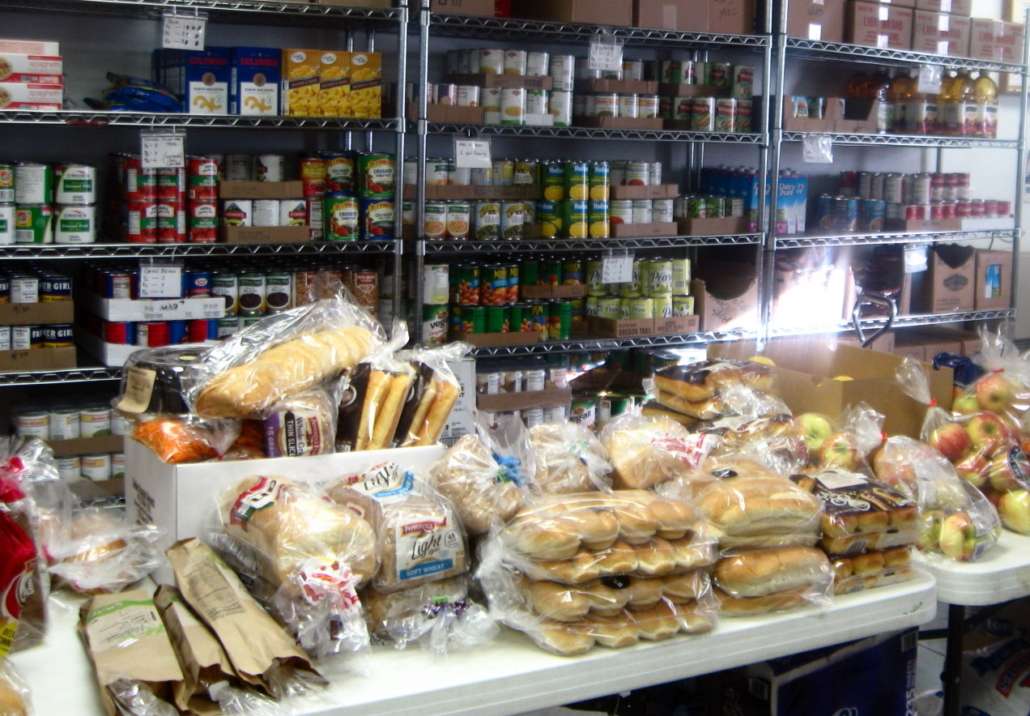

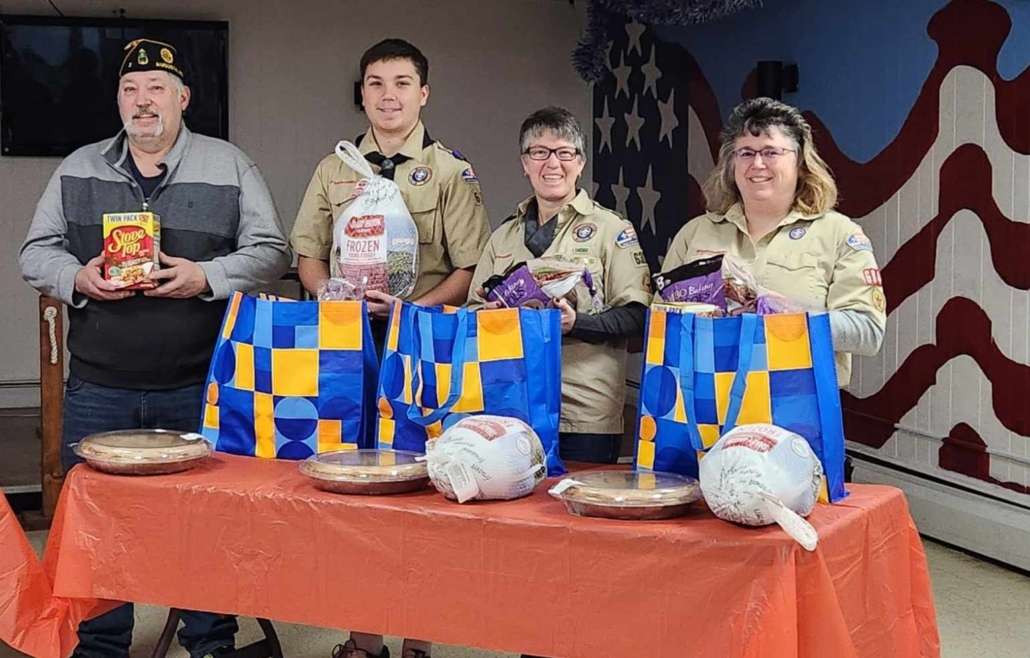














 Tell us about your family Christmas tradition. Send your memories to
Tell us about your family Christmas tradition. Send your memories to 












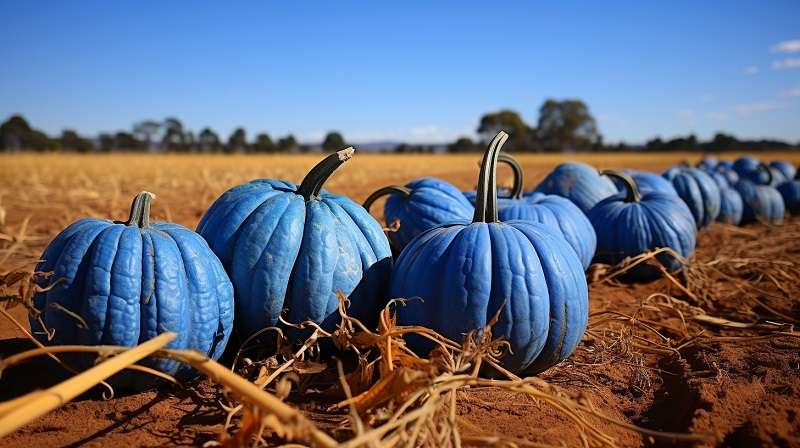




 To the editor:
To the editor:

